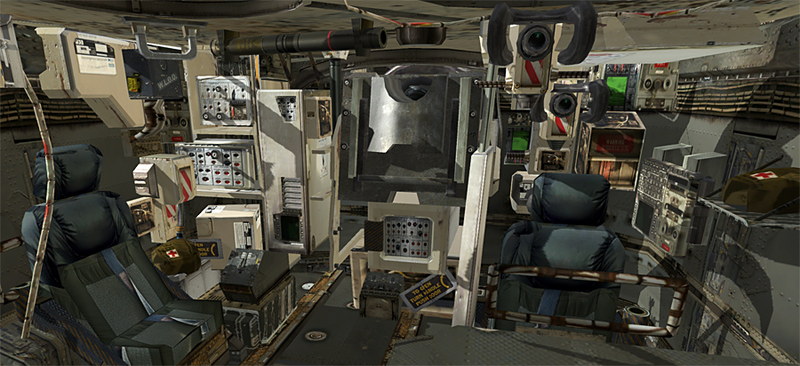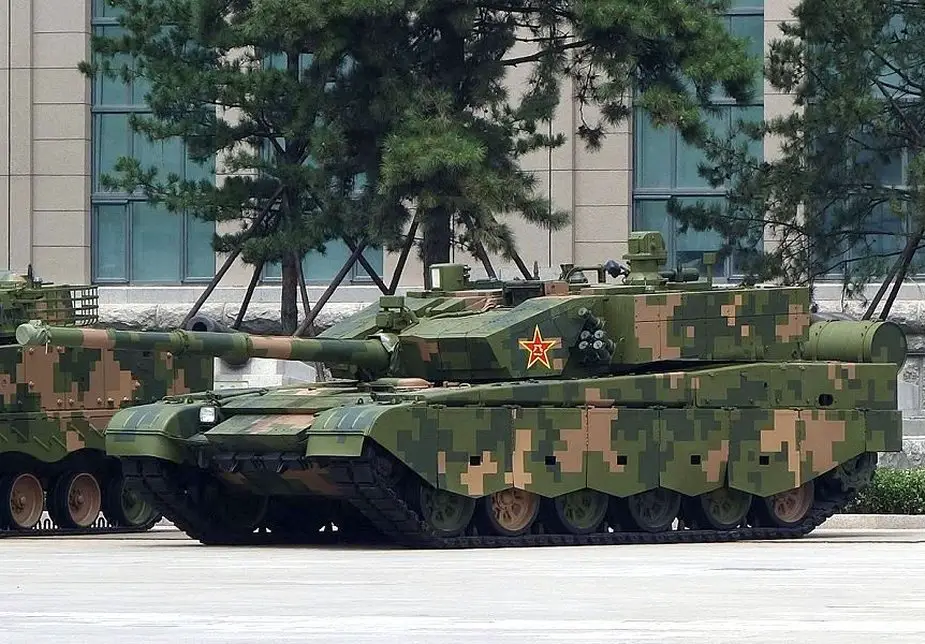

The improved Abrams, the M1A2C, moves toward the Army’s expectations for the next-generation combat vehicle by having improved crew protection and mobility, but it lacks the option of autonomous operation, alternative fuel and directed energy weaponry capabilities being studied by the cross-functional team trying to set a road map to the future. It doesn’t fight cyberbattles or knock out satellites, but it is an essential piece of the multidomain fighting force. While tanks have been declared obsolete many times since their first use in the Battle of the Somme in 1916, the latest high-tech upgrades to the legendary M1 Abrams make it more reliable, effective and lethal, allowing the Abrams to be a key asset in the land portion of the evolving multidomain battle. The almost 40-year-old Abrams tank has a significant role in the Army’s vision for 2028 because of a major facelift that upgrades the engine, sensors and sights, along with advanced armor and an active protection system aimed at fighting, surviving and winning.īut it is not quite the radical new tank the Army needs for the future.

The Army plans to make a decision about if and how to replace the Abrams in 2023.

The images seem to depict at least three concept tanks, including one behemoth that dwarfs the 70-ton Abrams. Army workshop show a very rough idea of a possible replacement for the long-serving M1 Abrams tank.


 0 kommentar(er)
0 kommentar(er)
